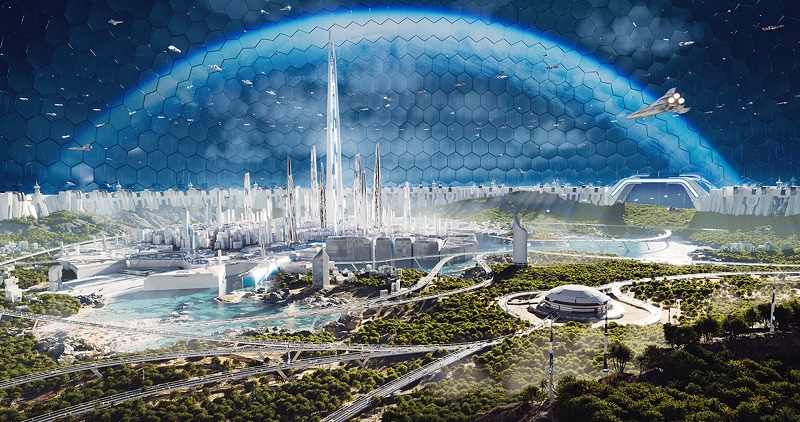Chaos recently treated V-Ray for Maya and V-Ray for Cinema4D users with an amazing set of updates. With update 1 for both packages, artists working in film, TV, streaming and design can make use of new tools to add millions of objects, disrupt physical lighting constraints and produce photorealistic scenes faster than ever.
Here are the new features:
Chaos Scatter: Quickly place natural and man-made objects into scenes in a believably randomised or patterned way in just a few clicks, without taxing your machine’s memory.
Custom Light Decay: Determine exactly how you want light to behave based on the source distance. Artists now have the freedom to alter a light’s intensity, hotspots and spread/length of rays, opening artistic effects that diverge from physical norms.
Static mesh and hair optimisations: Now, you can get to the first pixel 2.5 to seven times faster.
V-Ray Profiler integration and improvements: You’ll now find the V-Ray Profiler in V-Ray for Cinema 4D, and we’ve added even more metrics so you can ensure your pipeline is running smoothly.
NVIDIA AI Denoiser Upscaling- Lookdev and preview with NVIDIA’s new AI Denoiser and boost rendering speeds by over three times.
V-Ray Frame Buffer: Masking for Post Effects: Even more post-processing control in the V-Ray Frame Buffer. Decide which objects to apply lens effects to, which ones to blur, sharpen or even denoise, without re-rendering.
Compressed Textures Mode: Render texture-heavy scenes with V-Ray GPU in a more memory-efficient way. Save an average of 50 per cent of your GPU memory, while adding additional levels of detail, all without sacrificing shading quality.
V-Ray Clipper Mesh Mode: Render complex cutaways and sections using any mesh object with V-Ray GPU. Rather than relying on Boolean operators, you can animate the clipper to achieve complex effects with just a few clicks.
Bump to Glossiness: This new node automatically generates the correct glossiness for normal-mapped surfaces at any distance to avoid characters’ skin looking too shiny.
Enhanced Procedural Clouds: Cloud density, patterns, and new final touches with contrails can be used to create new, better-looking procedural skies.
Artists using V-Ray 6 for Maya will receive support for the latest versions of MayaUSD, as well as Beauty and masking render elements and V-Ray Object Properties. Additionally, emissive materials can now be included in Light Selects or fine-tuned in Light Mix right in the V-Ray Frame Buffer. Update 1 also includes support for both Maya 2024 and Apple Silicon processors.


